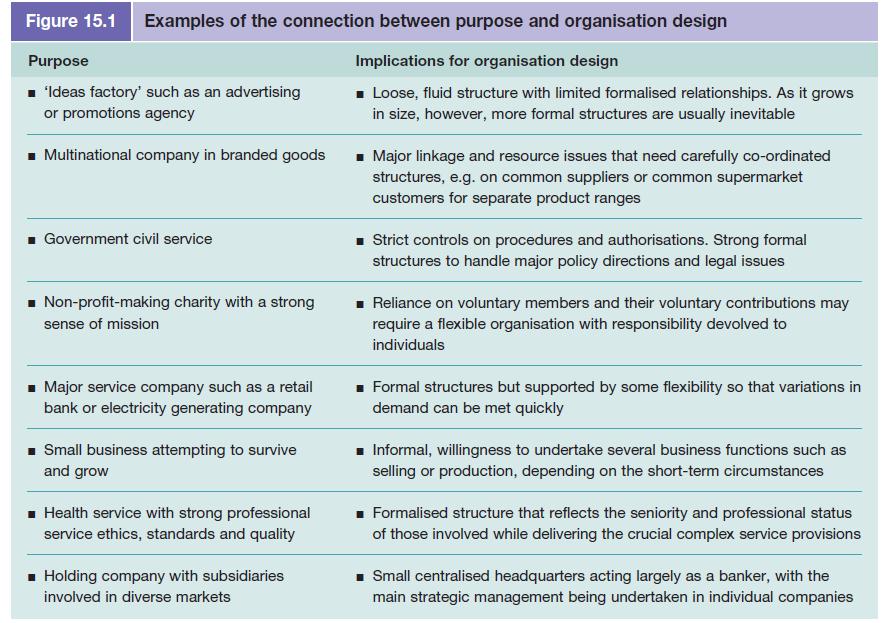Visiting Boston last week, I came across a brilliant toyshop with a notice in its window about
Question:
Visiting Boston last week, I came across a brilliant toyshop with a notice in its window about the importance of indie businesses. It argued that there is a passion and engagement within an independent enterprise that large corporates can only envy. As a customer, I have a huge amount of empathy with that view. I like the individuality of an owner-managed organisation. I want a merchant I patronise to have character, not to be a faceless entity. I see many of the founders of these types of companies as artisan entrepreneurs, who are willing to apply super-human efforts to make their creations succeed. I prefer staying at boutique hotels to bland chains, and using a family-owned printer when I can. Sometimes when I walk into one of the dominant supermarkets, I feel almost suffocated by the uniformity. Unfortunately, lenders, landlords, suppliers and many other critical partners are biased towards large businesses – they see them as more reliable and creditworthy.
However, small companies have certain advantages. They should enjoy low central costs and a flexibility normally absent from much larger concerns. They may lack buying power and a well-known brand, but they will not have burdens like public shareholders or a pension plan deficit. Many smaller undertakings are not run primarily for profit – they reflect the personality and ego of their owners, and in some respects are almost closer to social enterprises than classic commerce. This gives them latitude. These imaginative groups provide diversity, creativity and an alternative perspective rare in vertically integrated organisations that make most of their own content. New ideas tend to flourish best in freewheeling environments, not in a bureaucracy – defined by Balzac as a ‘giant mechanism operated by pygmies’.
I have experienced the complications and conflicts that arise as you expand a company from small beginnings to something much larger and more profitable. Initially it is a quirky, intimate and highly adaptable organism. But as it expands, there is an inevitable tendency for the journey to become more cautious and boring. Motivation is gradually diluted as managerialism takes over from seat-of-the-pants risk-taking. When banks and outside shareholders get involved, the pressures to perform mount – so the distinctive features fade, to be replaced by the treadmill of financial returns. This is an almost inevitable sequence.
Yet the future might just belong to agile indies and freelancers, not giant corporations. Massive, cumbersome outfits such as Citigroup have proved that, in spite of their enormous resources and economies of scale, they can still go monstrously wrong. I accept that many industrial activities can only be carried out by huge concerns with substantial capital – steel production, automotive manufacture, utilities and so forth. Yet few of us have much affection for these dull empires. Their culture must be conformity rather than disruption.
I don’t see the division between indies and big business as a matter of corporate responsibility or ethics – it is more about variety and enlightenment. They punch above their weight in terms of innovation and customer service, and force big players to up their game. In these uncertain times, there is every reason to believe – in spite of the relentless march of globalisation – that the indies of the world will continue to thrive.
Discussion questions
1. Using Figure 15.1 as a model, explain the differences between ‘indies’ and ‘corporate’ in terms of the connection between organisational purpose and design. What are the major influencing factors at play here?
2. To what extend can ‘corporate’ regain the flexibility associated with ‘indies’ by adopting a flexible structure such as Handy’s ‘shamrock’ organisation? What benefits and problems would result for senior managers?
3. Use a SWOT analysis (see Glossary) to compare small, owner-run organisations and larger ‘corporate’ organisations. Which stakeholders benefit most from each type of organisational structure?

Step by Step Answer:

Management And Organisational Behaviour
ISBN: 9780273728610
9th Edition
Authors: Laurie J. Mullins, Gill Christy





